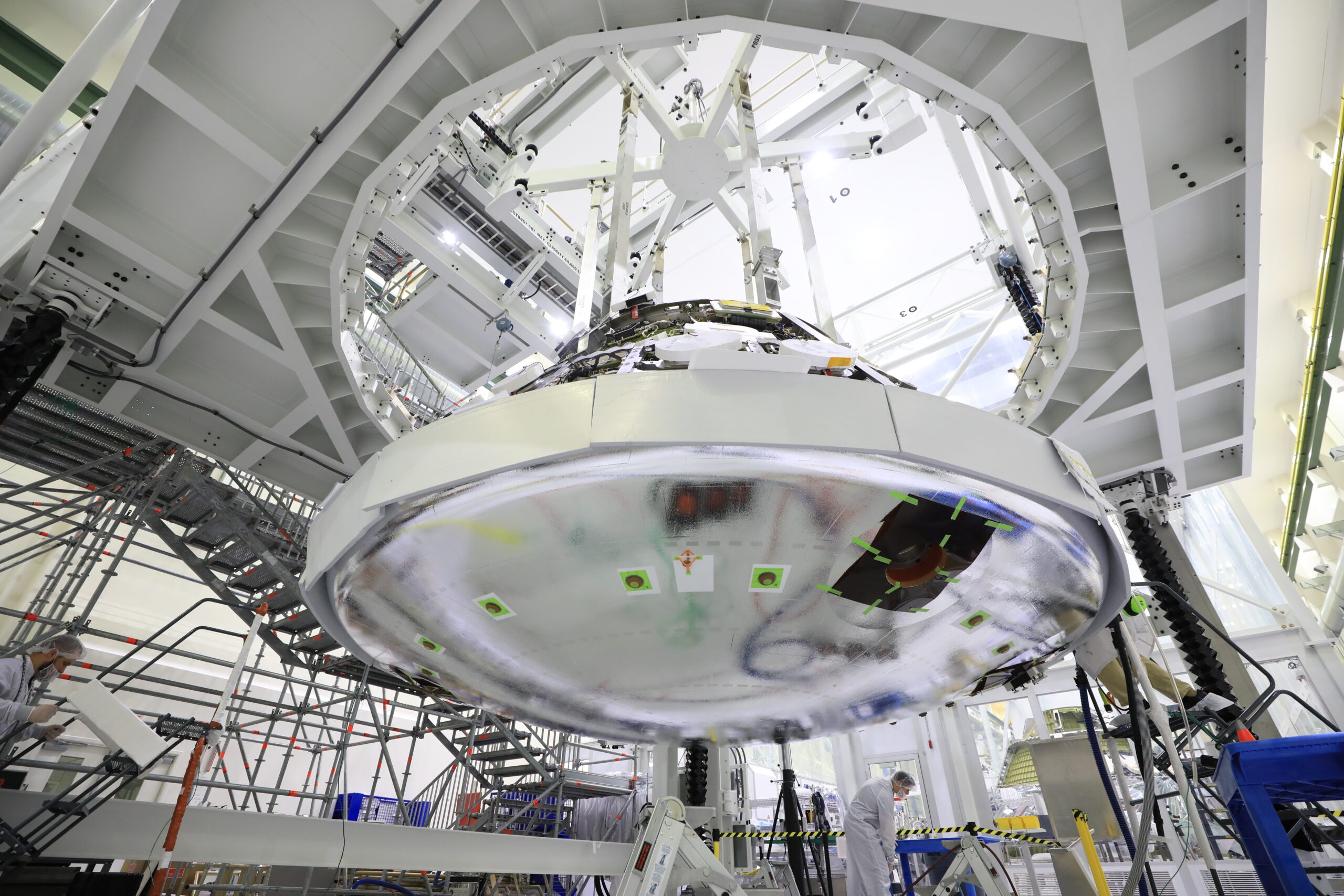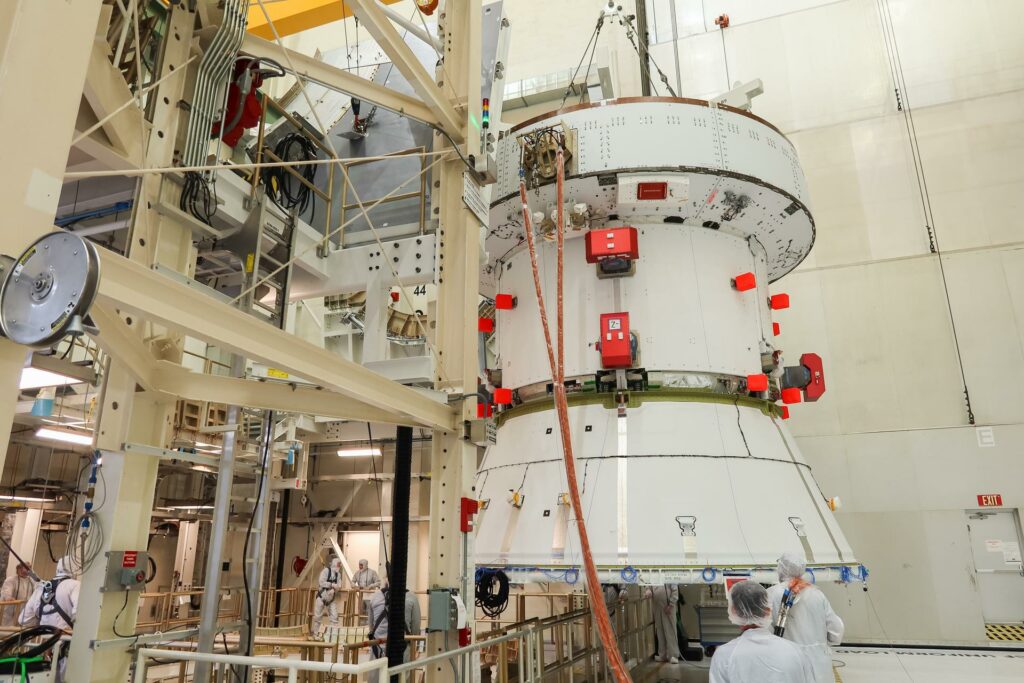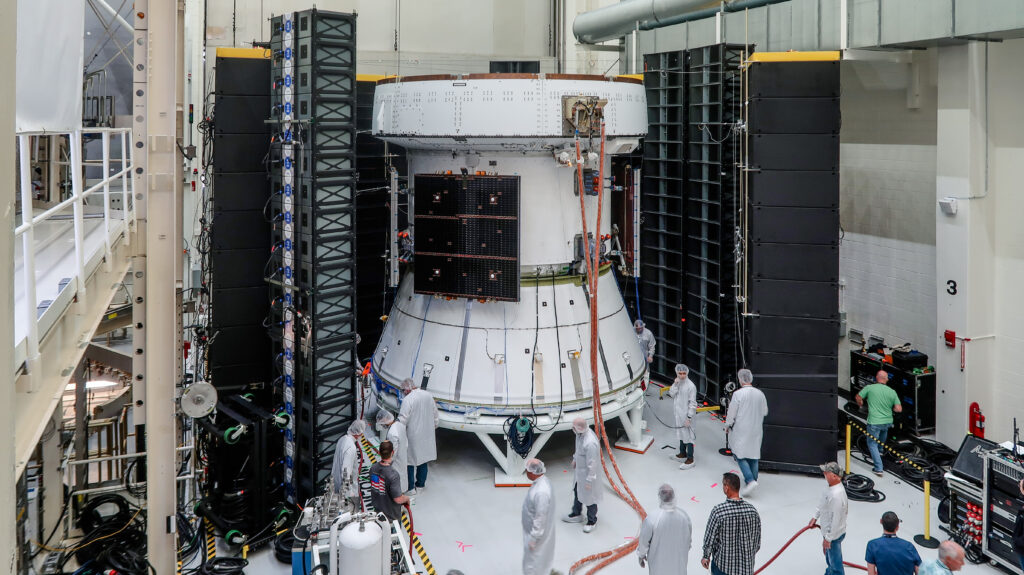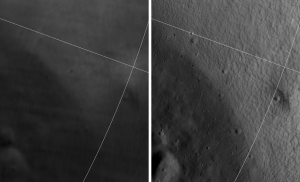NASA’s CAPSTONE – short for Cislunar Autonomous Positioning System Technology Operations and Navigation Experiment – is in good health following a communications issue that began in late January, and the mission team is preparing for upcoming technology demonstration tests.
Beginning Jan. 26, CAPSTONE was unable to receive commands from ground operators. The spacecraft remained overall healthy and on-course throughout the issue, sending telemetry data back to Earth. On Feb. 6, an automatic command-loss timer rebooted CAPSTONE, clearing the issue and restoring two-way communication between CAPSTONE and the ground.
The CAPSTONE team, led by Advanced Space, is now preparing for continued testing of the spacecraft’s Cislunar Autonomous Positioning System, or CAPS, and other technology demonstrations.
CAPS is a navigation technology developed by Advanced Space that uses data between two or more spacecraft to pinpoint a satellite’s location in space. The test will involve two spacecraft: CAPSTONE and NASA’s Lunar Reconnaissance Orbiter (LRO). Following interface testing with LRO’s ground systems, the CAPSTONE team attempted to gather crosslink measurements in mid-January. During this test, LRO received a signal from CAPSTONE, but CAPSTONE did not collect crosslink ranging measurements from the returned signal. These results will help improve additional CAPS tests over the coming weeks.
The team is also preparing for the mission’s other technology demonstrations, including a new CAPS data type that will use one-way uplink measurements enabled by the spacecraft’s Chip Scale Atomic Clock.
Since arriving to orbit on Nov. 13, CAPSTONE has completed more than 12 orbits in its near-rectilinear halo orbit (NRHO) – the same orbit for Gateway – surpassing one of the mission’s objectives to achieve at least six orbits. The mission team has performed two orbit maintenance maneuvers in this time. These maneuvers were originally scheduled to happen once per orbit, but the mission team was able to reduce the frequency while maintaining the correct orbit. This reduces risk and complexity for the mission and informs plans for future spacecraft flying in this orbit, like Gateway.
CAPSTONE is owned by Advanced Space and the spacecraft was designed and built by Terran Orbital. Operations are performed jointly by teams at Advanced Space and Terran Orbital. The mission is funded by the Small Spacecraft Technology Program in NASA’s Space Technology Mission Directorate.
Read the full update from Advanced Space.







